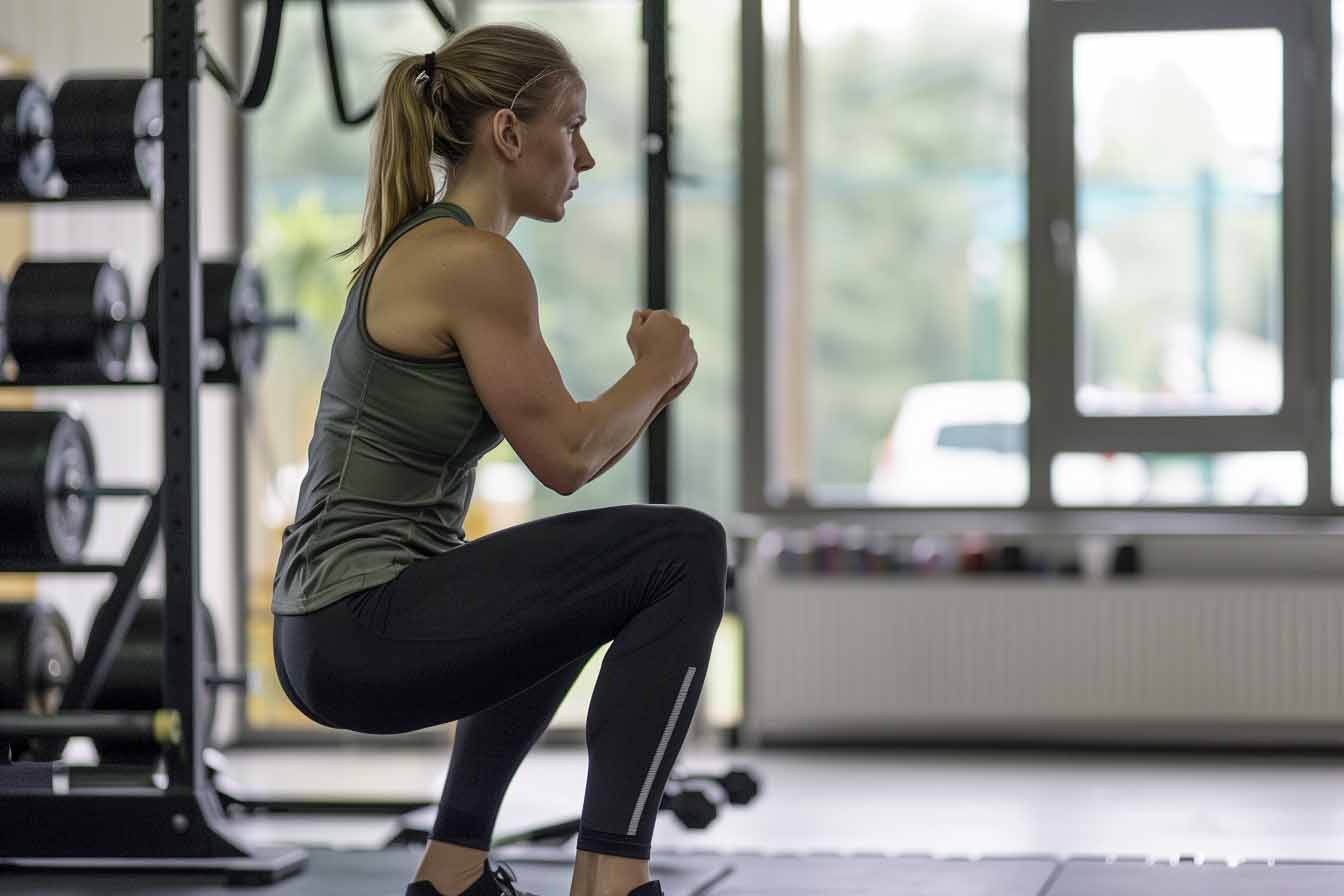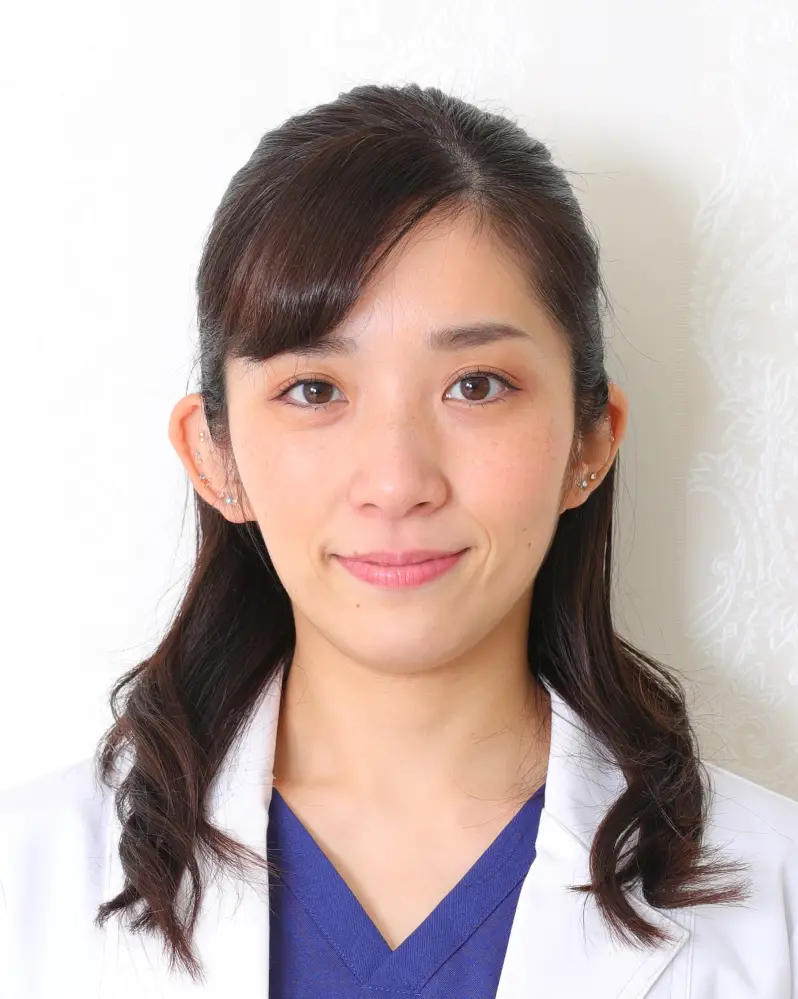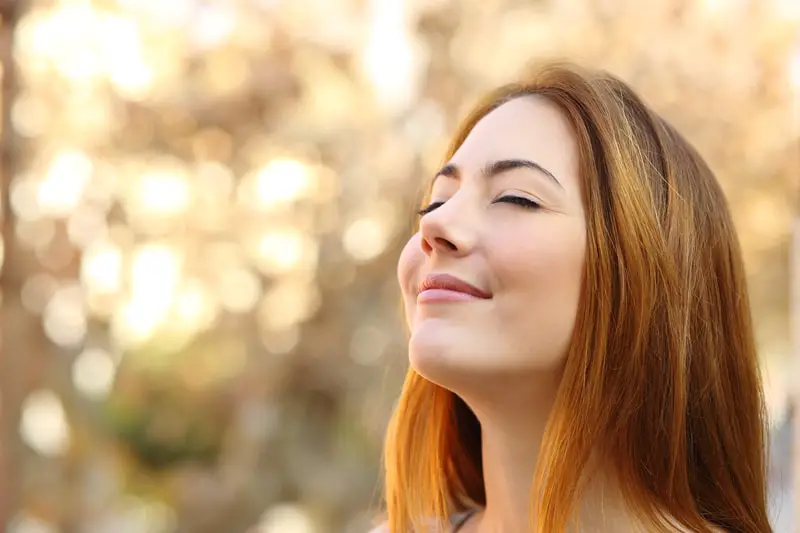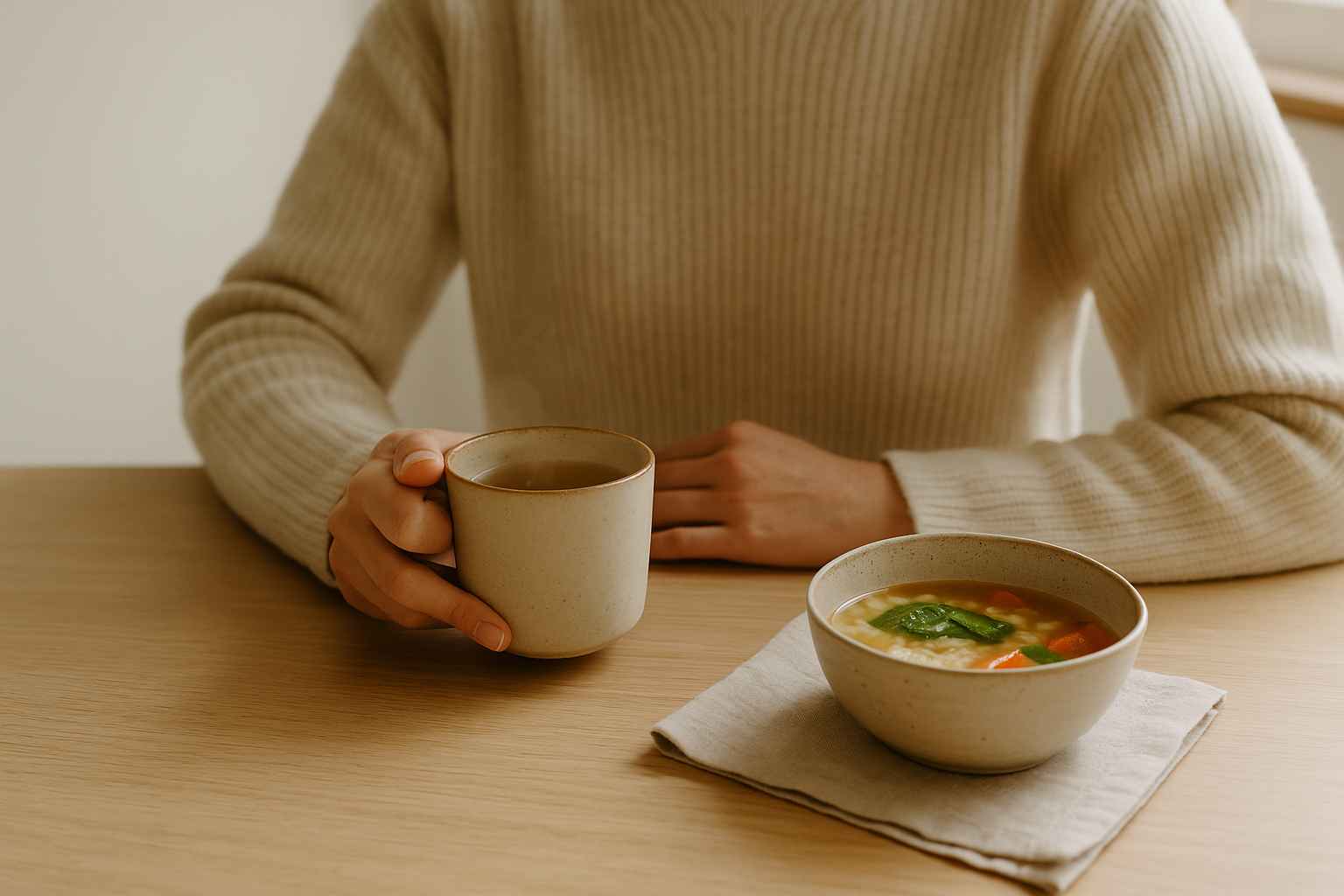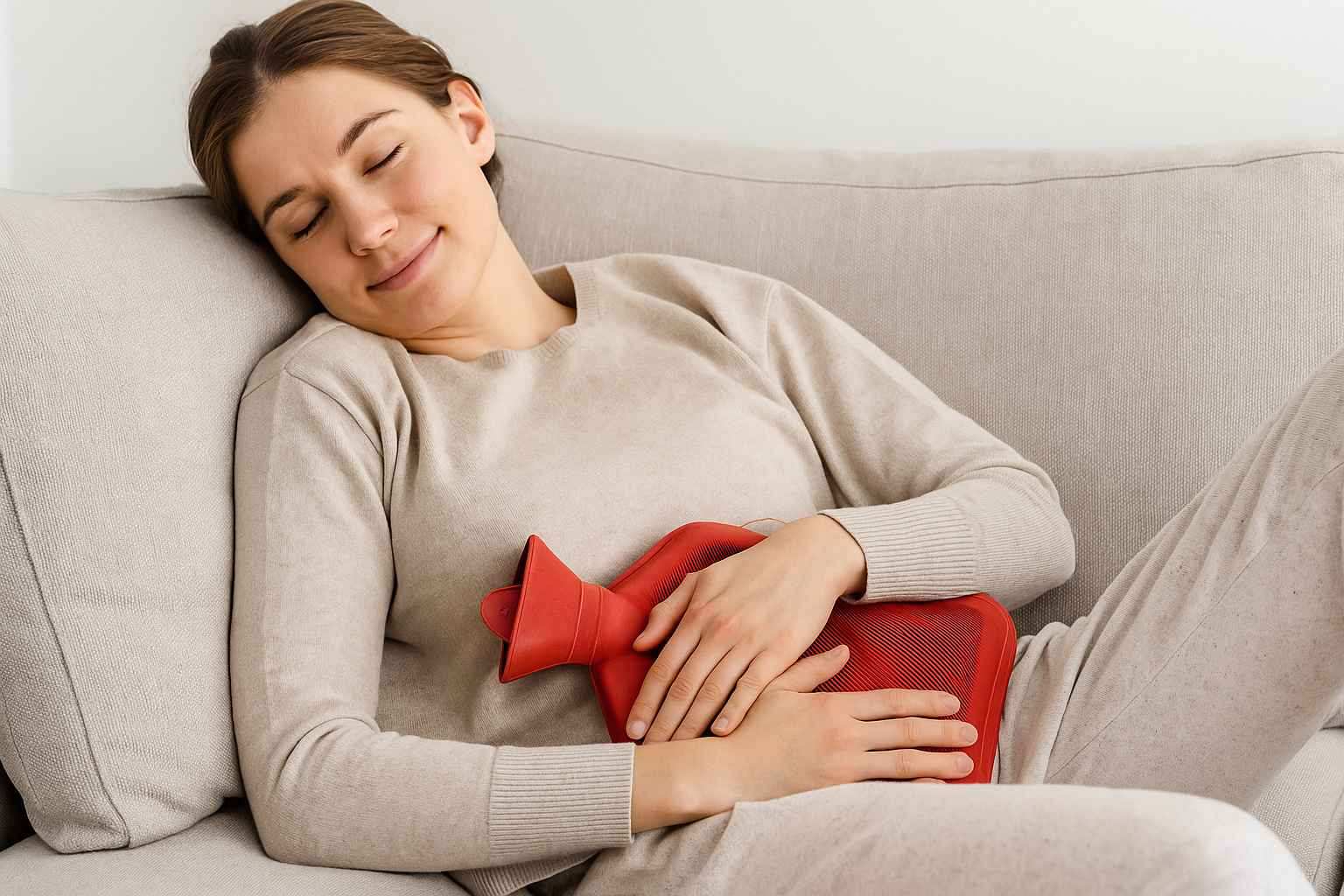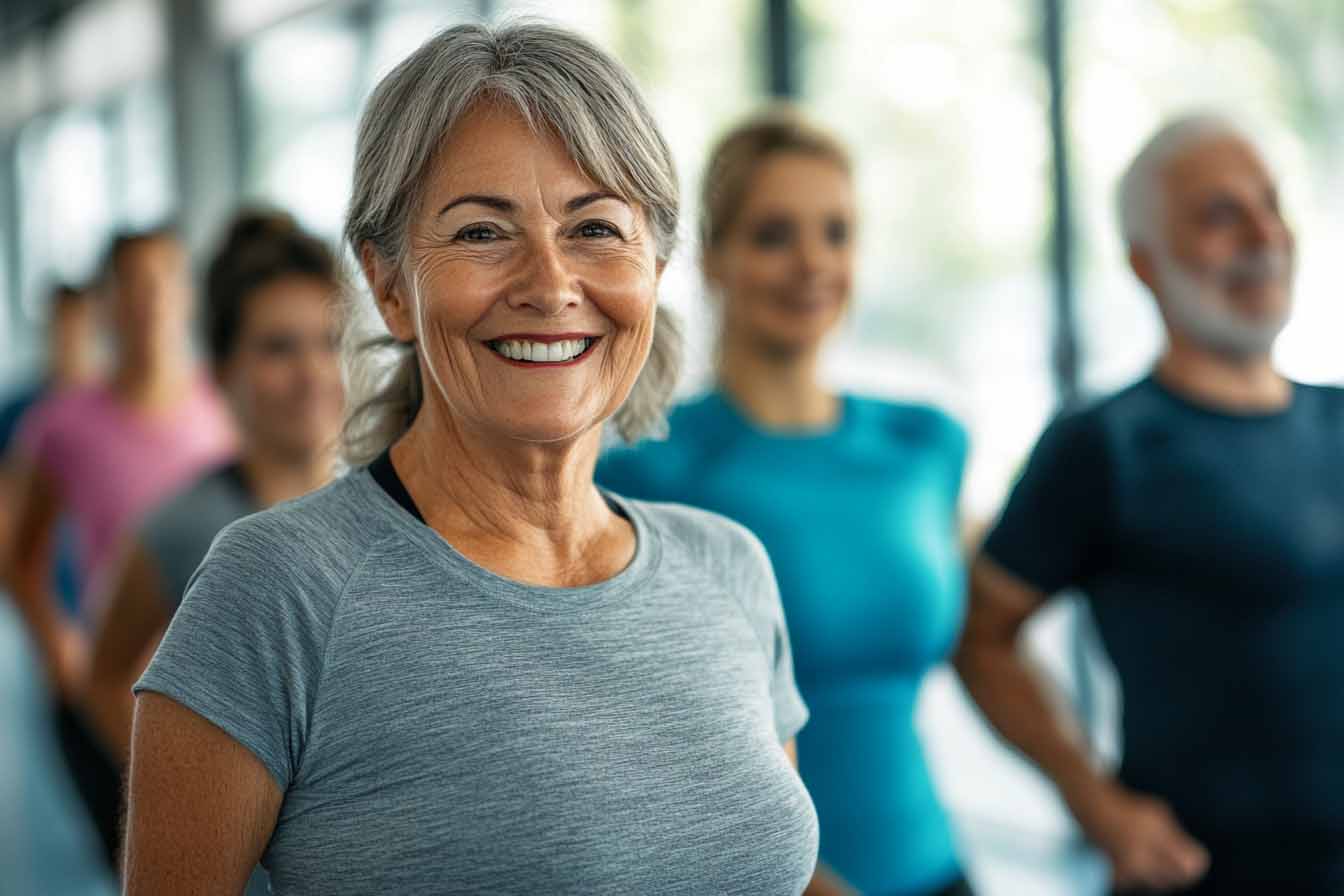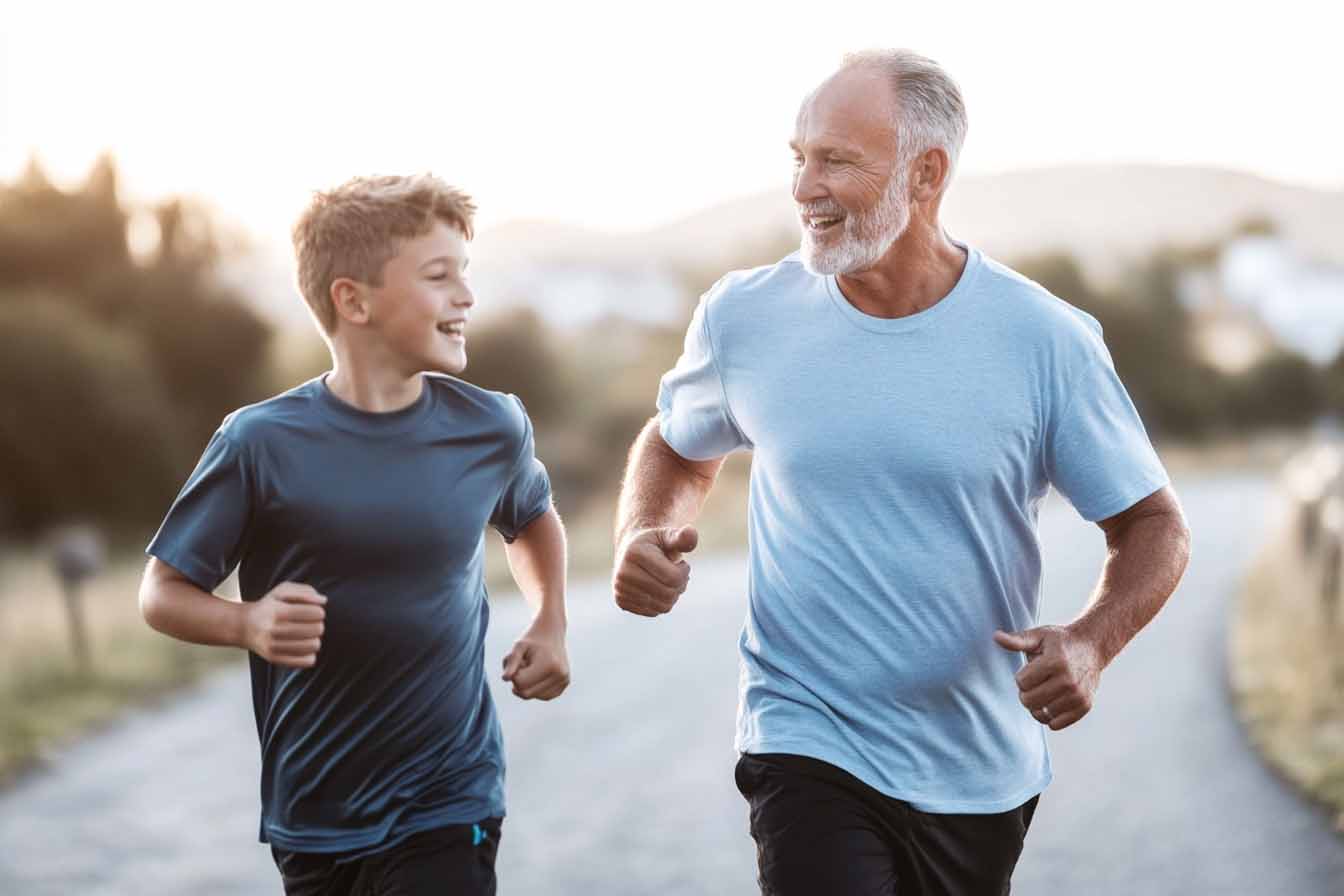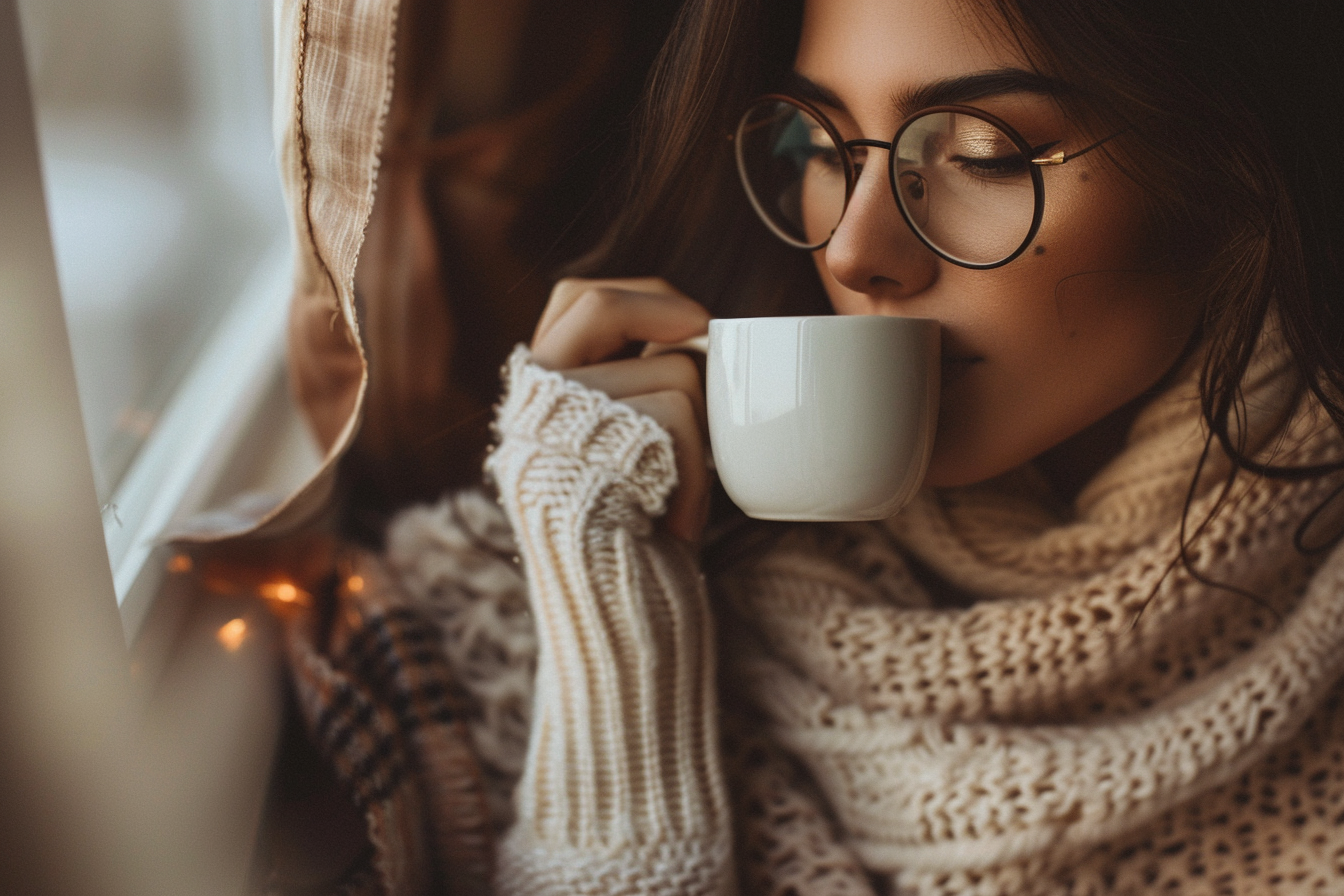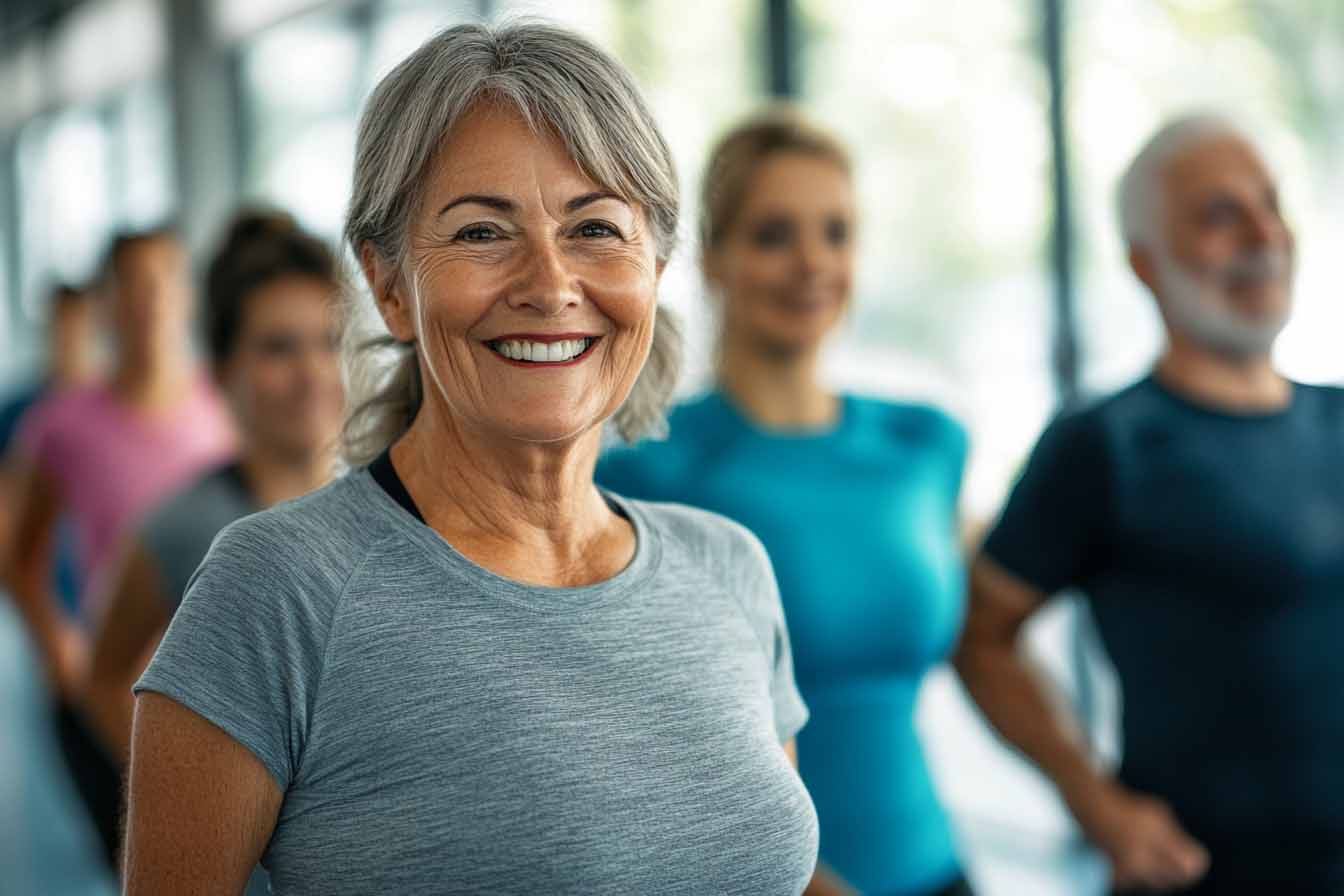Gua Sha Techniques to Soothe Muscles and Boost Recovery After Exercise
After an intense workout, effective recovery practices are essential to prevent soreness and stiffness that can impact your next session. Traditional Chinese Medicine (TCM) techniques like Gua Sha are gaining popularity for their ability to improve circulation and release muscle tension, making them ideal for post-workout relief. To offer expert guidance on using Gua Sha for workout recovery, we consulted Ms. Mai Sogawa, a seasoned TCM Therapist from Japan.
Below, you’ll find Gua Sha techniques to target common areas of soreness, including the legs, feet, and back, as well as additional routines to enhance recovery. For more on Gua Sha basics and its benefits, check out our comprehensive guide.
How Gua Sha Supports Muscle Recovery
Gua Sha is a TCM therapy that involves using a smooth-edged tool to scrape the skin in specific directions, stimulating blood flow and aiding in the release of metabolic waste. Post-workout, this improved circulation helps deliver oxygen and nutrients to fatigued muscles, reducing stiffness and accelerating recovery.
By targeting specific strokes and directions, Gua Sha provides efficient relief for commonly sore areas, promoting quicker recovery after physical exertion.
“If you feel pain, tingling, or if your skin becomes red, the pressure or friction is too strong. Since skin sensitivity varies, if redness occurs, reduce the pressure or decrease the number of strokes,” advises Ms. Sogawa, emphasizing that listening to your body is essential for effective and safe Gua Sha application.
Expert-Recommended Gua Sha Techniques for Post-Workout Relief
Ms. Mai Sogawa shared several Gua Sha techniques to address muscle tightness and prevent stiffness in key areas. Here’s how to apply these techniques to maximize post-workout recovery.
1. Relieve Foot Fatigue with Focused Strokes
For those engaging in high-impact exercises, the feet often carry significant strain, making them prone to soreness. Gua Sha can ease tension and fatigue with a few simple strokes:
- Use a Gua Sha tool to massage the sole of the foot by moving in one direction, from the toes to the heel. This helps release tension in the plantar fascia, a band of tissue supporting the arch of the foot.

- Focus on the arch area with back-and-forth strokes. This technique is especially helpful in soothing tightness caused by activities like running or jumping.
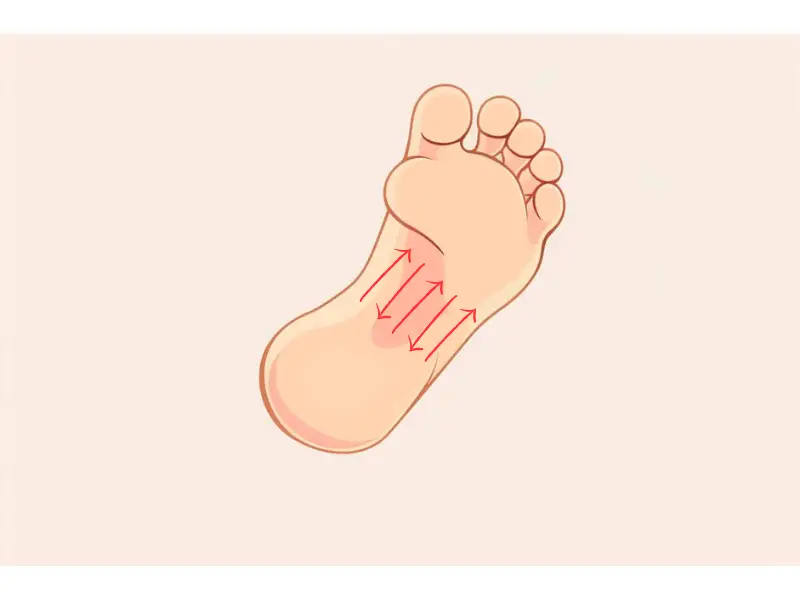
This targeted approach helps relax the muscles of the feet, relieving soreness and promoting better blood flow. Incorporate it into your cool-down routine or use it before bed to keep your feet refreshed and ready for the next workout.
2. Easing Lower Leg Tension
Calf and lower leg soreness is common after activities that require a lot of leg engagement, like running, cycling, or weightlifting. Ms. Mai suggests using Gua Sha to alleviate this tension:
- Start from the ankle and work upward to the knee, using long, one-way strokes. This technique promotes circulation back toward the heart, aiding in lactic acid clearance.
- Cover the front, sides, and back of the lower leg to ensure that all areas of the muscle receive attention, which helps prevent tightness and cramping.
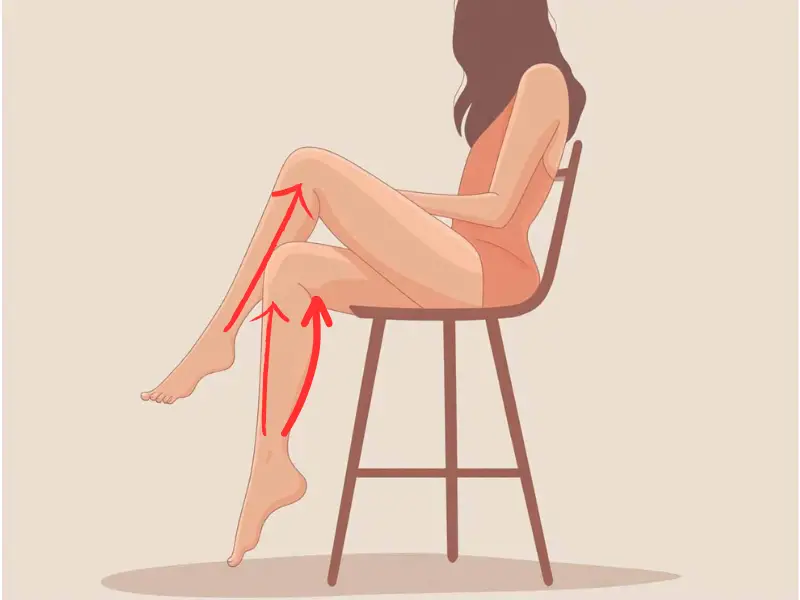
Using these upward strokes can help reduce the buildup of lactic acid, a common cause of soreness, especially after high-intensity leg exercises.
3. Loosening Lower Back Muscles
The lower back is another area that can become sore, particularly after strength training or core-intensive workouts. Here’s Ms. Mai’s approach to using Gua Sha for lower back relief:
- Use back-and-forth strokes on the lower back, moving gently to avoid aggravating the muscles. These strokes can help relax tight muscle fibers and release knots that develop from heavy lifting or repetitive bending.
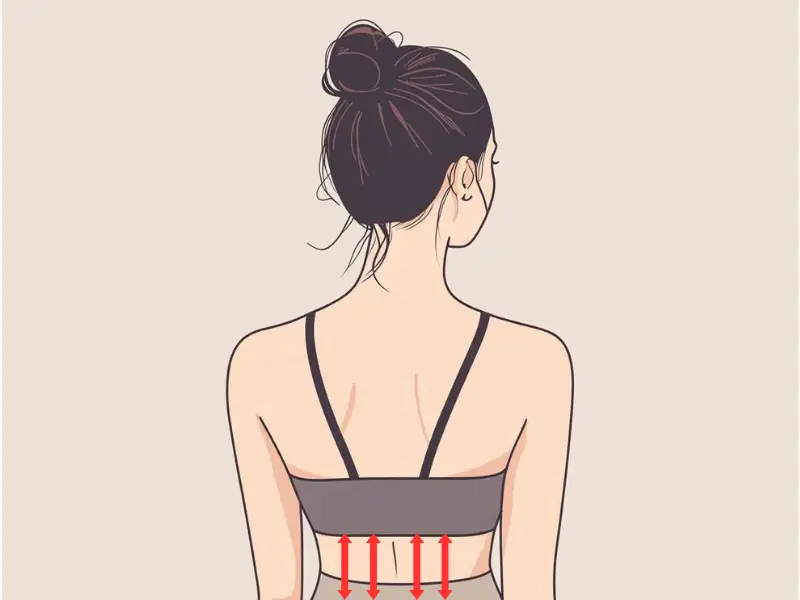
Incorporating this technique into your post-workout routine can help prevent lower back discomfort, especially if your workout involves exercises that engage the core and back muscles.
Additional Routines to Enhance Gua Sha Recovery
Alongside Gua Sha, Ms. Mai recommends several simple routines to further support muscle recovery and boost the effects of Gua Sha:
- Take a warm bath or foot soak: Heat helps relax muscles and opens up blood vessels, preparing your body for Gua Sha. The increased circulation flushes out waste products, which is essential for effective recovery.
- Alternate between warm and cold water: For a quick recovery boost, alternate warm and cold water over your feet in the shower, completing 2-3 sets. This technique promotes circulation and reduces inflammation, providing a soothing effect that aids in post-exercise recovery.
These routines complement Gua Sha by improving blood flow and supporting the body’s natural recovery processes.
Tips for Effective Gua Sha Practice After Exercise
For the best results with Gua Sha, consider these helpful tips to make your recovery routine as effective as possible:
- Choose a quality Gua Sha tool: Jade, rose quartz, and stainless steel tools work well. A tool with smooth edges ensures comfort during application and effective results.
- Use light to moderate pressure: Start with gentle pressure, especially on sore muscles, to avoid bruising or increased soreness. You can adjust the pressure as needed for a deeper massage.
- Pair with a massage oil: Oils like coconut or jojoba help reduce friction, allowing the Gua Sha tool to glide smoothly over the skin, enhancing comfort and effectiveness.
- Consistency is key: Regular use of Gua Sha can help prevent muscle tightness over time, improving flexibility and reducing the risk of injury.
“Tools with ridges can stimulate the scalp, and having various shapes like curves and ridges allows for different uses depending on the body part,” explains Ms. Sogawa, adding that selecting the right tool shape enhances treatment effectiveness.
Precautions to Consider Before Using Gua Sha
While Gua Sha is generally safe, there are a few situations where it’s best to avoid the technique:
- Avoid using Gua Sha on open wounds or irritated skin: This can aggravate the area and slow down the healing process.
- Wait after high-intensity workouts: Give your body time to cool down, especially if you’re experiencing significant soreness, to prevent further inflammation.
- Consult a healthcare professional if you have specific health conditions, such as blood clotting disorders or inflammatory skin issues, to ensure Gua Sha is safe for you.
Conclusion: Supporting Your Fitness Goals with Gua Sha
Incorporating Gua Sha into your post-workout recovery routine is an effective way to alleviate muscle soreness, increase flexibility, and prepare your body for future workouts. Whether you’re targeting your feet, lower legs, or back, the techniques shared by Ms. Mai can help ease tension, promote circulation, and reduce the risk of stiffness and injury. For a more in-depth look at Gua Sha and other TCM practices, explore our Gua Sha guide.
With Gua Sha, you’re not only giving your muscles the immediate relief they need but also building a long-term habit that supports overall fitness and muscle health. Try these techniques, and see how TCM can play a valuable role in your fitness journey.

Try our Anti-Aging Gua Sha Tool designed to bring out your skin’s natural glow.
Best Gua Sha Product- Anti-Aging: The tool is designed to target 11 specific aging signs such as wrinkles and sagging skin. By following the 7-step routine, users can improve skin firmness and reduce fine lines naturally.
- Enhances Skincare Routine: It works effectively with serums and lotions, boosting absorption and efficacy of skincare products.
- Visible Skin Improvement: Users can expect a smoother complexion, reduced puffiness, and a more youthful appearance.
 P. Sze
P. Sze 